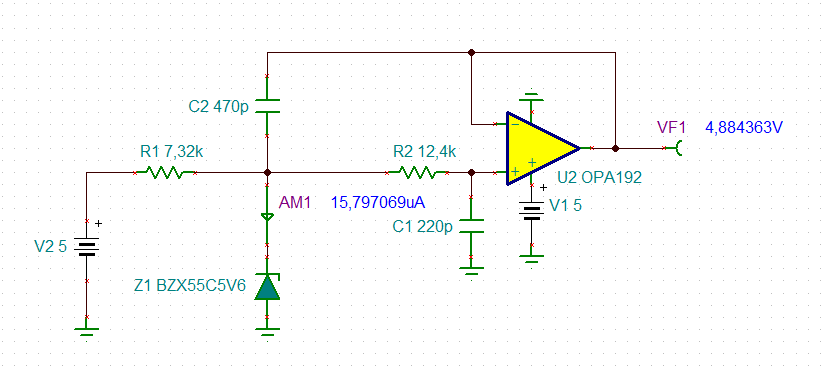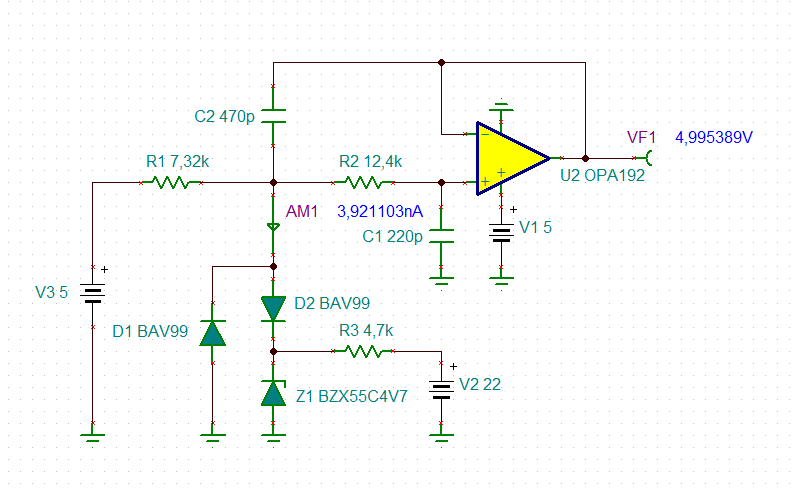we are currently using a zener diode in our circuit for input pin protection where leakage current in some parts have become a concern. we would like to remove it altogether if possible given the large resistance already in series with the input pins providing current limiting. we have also considered raising the BV of the zener to lower leakage current given global supply chain issues, psecing new parts now is becoming problematic. please let me know asap if the proposed solution is acceptable for our application.
more details in uploaded pdf.
thanks
Tom



